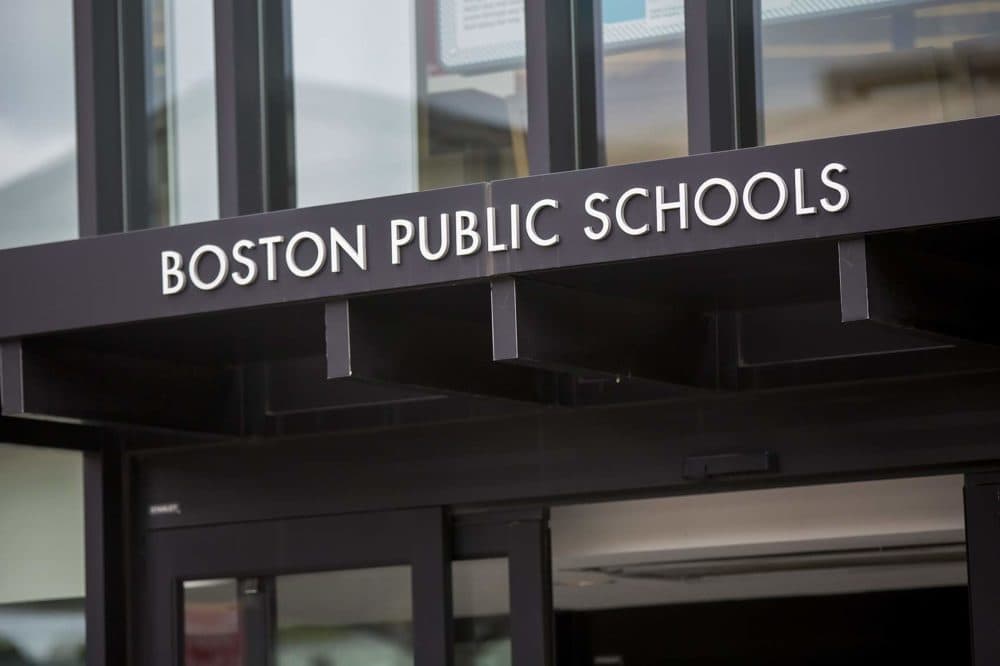Advertisement
Boston Aims To Bring Back All Students By April Under Hybrid Model

UPDATE: In a press conference focused on Boston's response to the coronavirus pandemic on Jan. 14, Superintendent Brenda Cassellius outlined further details about the district's plans to invite all students back into classrooms for in-person learning in March. Every two weeks, a bloc of students within specific grade years, starting with the youngest students, will be welcomed back into school buildings.
Cassellius shared the following details:
- Starting Feb. 1, approximately 4,900 students identified as "high-needs learners" will be welcomed back to classrooms. These students include English learners, those with disabilities or those experiencing homelessness or in the care of the Department of Children and Families. Some of these students will attend in-person classes four days a week; others will attend two days a week.
- The week of March 1, students in kindergarten to grade 3 will have the option to return to the classrooms.
- The week of March 15, students in fourth through eighth grader can return to classrooms.
- The week of March 29, high-schoolers will be brought back to school buildings.
The above dates could be altered due to the ongoing public health crisis, Cassellius noted. All families, she added, who wish to keep their children in remote learning will have the option to do so.
Our earlier post:
Boston Public Schools has reached an agreement with the teachers union to try to bring all students back to schools in-person by April 1.
The agreement with the Boston Teachers Union calls for phasing in groups of students for hybrid learning, starting with high needs students in February and the youngest grades beginning in March.
Thirty-two schools are currently open for in-person learning, serving students the district identified as the highest priority, including some students with disabilities, English language learners, students experiencing homelessness, and students who are in the care of the state Department of Children and Families.
The state has been leaning on districts such as Boston to bring more students back into classrooms.
The district had rolled back to fully remote in October, citing rising coronavirus cases, and has been phasing back in students identified as high need since November.
Under the agreement, if the city's COVID-19 positivity rate stays above 5% for two consecutive weeks, the city will provide free weekly COVID testing to union members who consistently report to work.
If the COVID-19 positivity rate is above 10% for two weeks, the union could ask to go back to the bargaining table with district officials.
The previous agreement stated that if the citywide positivity rate went above 4%, the district would go back to fully remote learning for students. A judge sided with district officials in a dispute that the Boston Public Schools violated the agreement and ignored the threshold.
According to the Boston Public Health Commission, the city's seven-day positivity rate is at 8.9%, as of Monday.
This article was originally published on January 11, 2021.